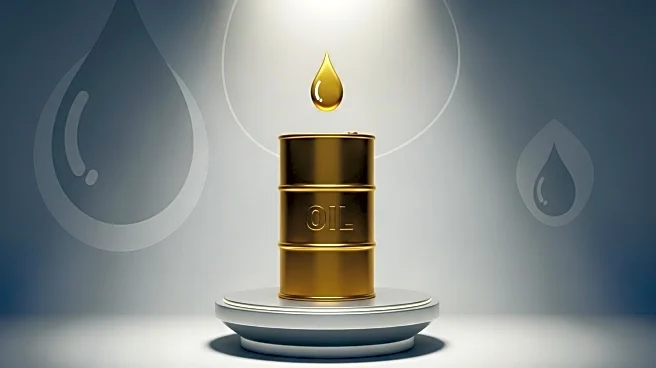What is the story about?
What's Happening?
OPEC has maintained its forecast for global oil demand growth at 1.3 million barrels per day (bpd) for 2025, with non-OECD economies contributing significantly to this growth. The demand is expected to rise slightly to 1.4 million bpd in 2026. However, the supply figures are contentious, as producers outside the OPEC+ framework, including the U.S., Brazil, Canada, and Argentina, plan to increase output by 0.8 million bpd next year and another 0.6 million in 2026. Within OPEC, output in August increased by over half a million barrels per day to 42.4 million, following a modest quota rise by OPEC+. Despite these increases, several members are still producing below quota, and the market remains uncertain about the actual impact on oil prices.
Why It's Important?
The steady demand forecast and contentious supply figures have significant implications for global oil markets. The planned increases by non-OPEC+ producers could alter the balance of power in the oil industry, potentially affecting prices and market stability. The U.S., as a major contributor to the supply increase, could see economic benefits from higher production levels. However, the ongoing production discrepancies within OPEC and the symbolic nature of quota increases may lead to market volatility. Stakeholders, including oil companies and governments, must navigate these complexities to optimize their strategies in the evolving energy landscape.
What's Next?
The oil market will closely monitor the actual production levels versus the announced figures, as discrepancies could influence price movements. OPEC+ may adjust its quotas further if market conditions change, while geopolitical factors, such as new Russian sanctions, could also impact supply dynamics. Industry analysts and traders will be watching for signs of shifts in demand or supply that could prompt strategic responses from major oil-producing countries.
AI Generated Content
Do you find this article useful?
















